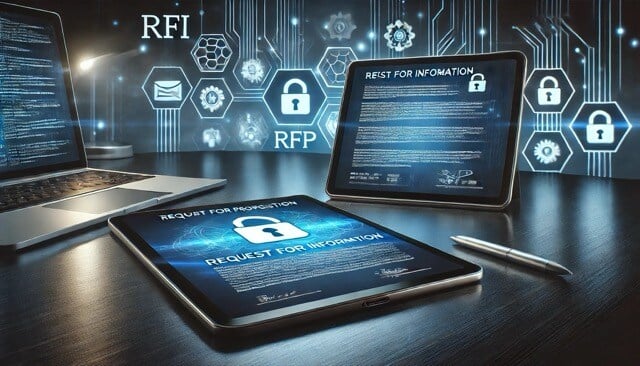A well-defined and robust incident response plan can dramatically minimize the damage to a company when disaster strikes. A practical incident response approach helps distribute and codify the incident response strategy across the organization.
Here are some reasons why having a NIST incident response plan is imperative.
- Repeatable process - without a robust incident response plan, employees and teams won't be able to respond recurrently or prioritize their time efficiently.
- Prepared for an emergency - security-related incidents occur without any warning. Therefore, it's vital to formulate a plan of action ahead of time.
- Coordination - keeping all the team members updated and on the same page amidst crises in big enterprises can be challenging. Incident response plans can help you achieve this successfully.
- Preserve crucial knowledge - incident response plans ensure best practices and critical knowledge to deal with a crisis aren't forgotten/overlooked over time. Your security team should incorporate lessons learned regularly.
- Expose gaps and bridge them - In mid-sized companies with limited technical maturity and staff, an incident response plan helps you identify apparent gaps in your security tooling or process so that you address them before a crisis.
- Accountability and documentation - An incident response plan with clear documentation minimizes an organization's liability. Documentation enables you to showcase your response process to compliance authorities or auditors.
- Practice, practice, and practice - Incident response plans help you create a repeatable and transparent process, follow up on all incidents, and improve response activities' effectiveness and coordination over time.
Read here for more information and guidance on the NIST Incident Response Plan. Contact us for any questions on how CyberStrong can help you fortify your cyber program and scale proactively.





.png)
.png)
.png)
%201.png)
.png)




